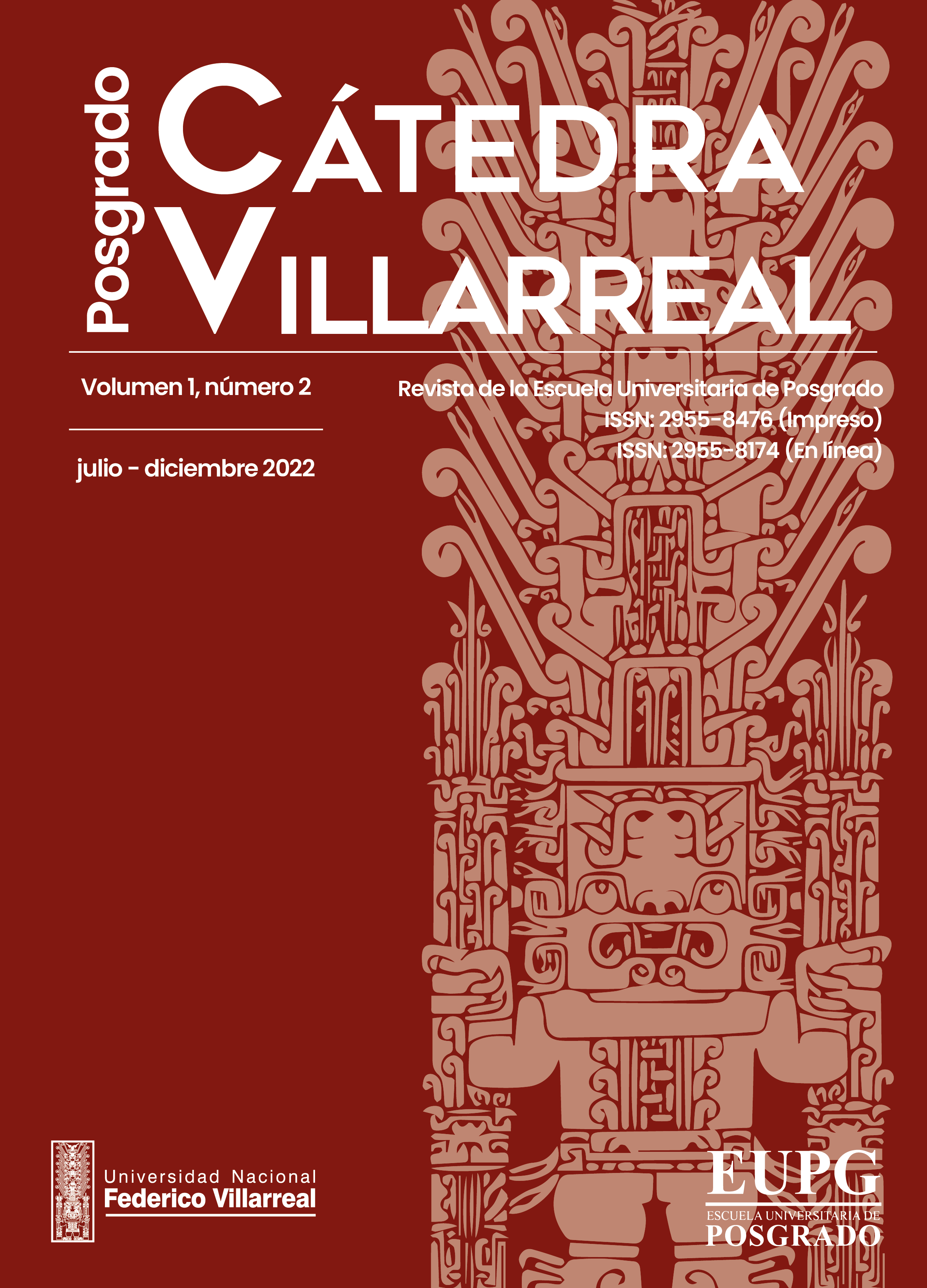Consumption of foods rich in iron associated with socio-economic and cultural factors in pregnant women with or without anemia
DOI:
https://doi.org/10.24039/rcvp2022121643Keywords:
Iron deficiency anemia, factors, pregnant women, nutrition, knowledge, attitudesAbstract
The aim of this research was to establish the association between the consumption of foods rich in iron and social, economic and cultural factors in pregnant women with or without anemia in a 2020 health facility. The method used was correlational, comparative, cross-sectional; the sample was 135 pregnant women, 44 of them with anemia and 91 without anemia; the analysis and statistical treatment of the data to make the comparison was through Spearman’s correlation coefficient. Arriving at the following results: the majority of pregnant women with or without anemia were between 20-34 years old (79.5% and 78%), secondary education (75% and 60.4%), cohabitants (72.7% and 76.9%), wives of home (75% and 76.9%) and Catholic (65.9% and 81.3%). Factors such as: socio-economic associated with the consumption of foods rich in iron was level D: Low lower (93.3% and 92.3%) in both groups, cultural had regular knowledge (50% and 54.9%), the attitude was favorable (50% and 73.6%), iron intake was low (68.2%) in anemic women, but adequate in non-anemic women (71.4%). Attitudes (p<0.001, Rho=0.321) were significantly, directly and slightly associated with the consumption of ironrich foods in all pregnant women. This association (p=0.008, Rho=0.396) was maintained only in the group of anemic pregnant women. We can affirm that the consumption of foods rich in iron is significantly associated with the attitudes of pregnant women in a health establishment; evidencing that, to better attitudes, greater consumption of iron.
Downloads
Published
How to Cite
Issue
Section
License
Copyright (c) 2022 Marta Luque Suma

This work is licensed under a Creative Commons Attribution-NonCommercial-ShareAlike 4.0 International License.
Eres libre de
- Compartir : copiar y redistribuir el material en cualquier medio o formato.
- Adaptar : remezclar, transformar y construir sobre el material.
El licenciante no puede revocar estas libertades siempre que cumpla con los términos de la licencia.
Bajo los siguientes términos:
- Atribución : debe dar el crédito apropiado , proporcionar un enlace a la licencia e indicar si se realizaron cambios . Puede hacerlo de cualquier manera razonable, pero no de ninguna manera que sugiera que el licenciante lo respalda a usted o su uso.
- No comercial : no puede utilizar el material con fines comerciales .
- CompartirIgual : si remezclas, transformas o construyes a partir del material, debes distribuir tus contribuciones bajo la misma licencia que el original.
- Sin restricciones adicionales : no puede aplicar términos legales ni medidas tecnológicas que restrinjan legalmente a otros hacer cualquier cosa que la licencia permita.
Avisos:
- No tiene que cumplir con la licencia para elementos del material que sean de dominio público o donde su uso esté permitido por una excepción o limitación aplicable.
- No se dan garantías. Es posible que la licencia no le otorgue todos los permisos necesarios para el uso previsto. Por ejemplo, otros derechos como publicidad, privacidad o derechos morales pueden limitar la forma en que utiliza el material.












